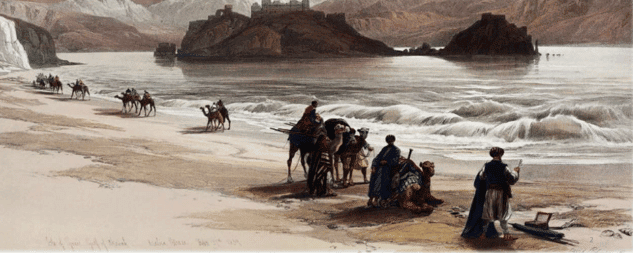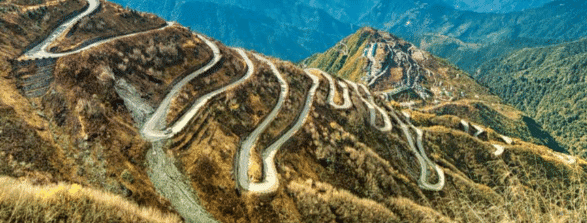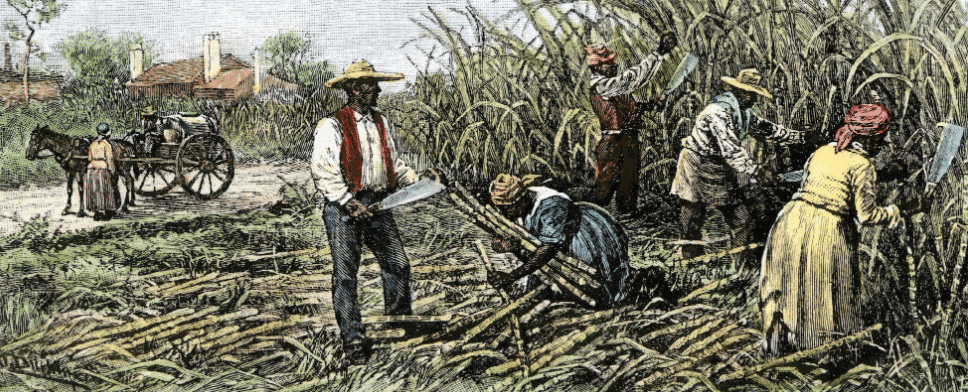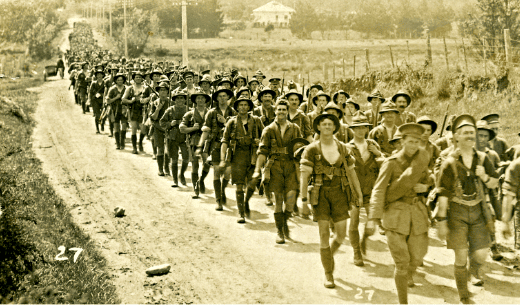Mnemonic: The Making of a Global World | Social Studies (SST) Class 10 PDF Download
1. The Pre-Modern World
Mnemonic: "TRADE"
Interpretations:
T: Trade routes connected civilizations
R: Resources like cowries and silk moved across continents
A: Ancient globalization existed before modern trade
D: Diseases spread through long-distance interactions
E: Exchange of culture, goods, and ideas shaped societies
Explanation:
Trade has been an essential part of global interactions. Resources such as cowries and silk moved across regions, proving Ancient globalization existed before modern trade. However, Diseases also spread along with goods, influencing societies. The Exchange of culture, goods, and ideas played a vital role in shaping civilizations. Pre Modern World
Pre Modern World
2. Silk Routes and Global Trade
Mnemonic: "SILK"
Interpretations:
S: Spread of goods like silk, pottery, and spices
I: Intercontinental trade routes connected Asia, Europe, and Africa
L: Linking different cultures through exchanges
K: Knowledge and religions (Buddhism, Christianity, Islam) spread
Explanation:
Silk Routes were crucial for the Spread of luxury goods such as silk, pottery, and spices. These Intercontinental trade routes connected vast regions and facilitated Linking of cultures. Knowledge and religious beliefs traveled along with traders, strengthening cultural interactions.
 Silk Route link the World
Silk Route link the World
3. Food Travels and Global Exchange
Mnemonic: "SPICE"
Interpretations:
S: Spaghetti, noodles, and potatoes traveled across regions
P: Plantations in the Americas changed diets worldwide
I: Introduction of new crops after Columbus’ voyages
C: Cultural blending through food trade
E: Exchange of agricultural goods reshaped cuisines
Explanation:
Spaghetti, noodles, and potatoes traveled across regions, blending food cultures. Plantations in the Americas introduced new crops that altered global diets. Introduction of previously unknown foods after Columbus’ discovery changed agricultural patterns. Cultural blending influenced food preferences, and the Exchange of goods like maize, tomatoes, and chilies had a lasting impact. Plantation
Plantation
4. European Exploration and Colonization
Mnemonic: "EUROPE"
Interpretations:
E: European sailors discovered new sea routes
U: Use of precious metals from Americas for trade
R: Redirection of trade flows towards Europe
O: Overseas colonies established by Spain and Portugal
P: Plunder of resources fueled European dominance
E: Economic transformation through conquest
Explanation:
European sailors discovered new Useful trade routes that increased global interactions. Redirection of wealth from colonies enriched Europe, as Overseas territories were acquired. The Plunder of resources, especially silver and gold, Economically transformed the global system.
5. Impact of the Great Depression
Mnemonic: "CRASH"
Interpretations:
C: Collapse of banks and industries
R: Reduction in jobs and wages worldwide
A: Agricultural overproduction led to price crashes
S: Severe poverty and migration increased
H: Hunger and homelessness worsened globally
Explanation:
Collapse of financial institutions led to economic distress. Reduction in jobs and wages caused widespread unemployment. Agricultural overproduction worsened the crisis as prices dropped. Severe economic distress forced mass migrations, and Hunger and homelessness became global concerns. World War
World War
6. Bretton Woods and Post-War Economic Order
Mnemonic: "IMF"
Interpretations:
I: International economic policies stabilized trade
M: Monetary Fund and World Bank were created
F: Fixed exchange rate linked currencies to the US dollar
Explanation:
International agreements after World War II aimed to Manage global trade. The Fixed exchange rate ensured economic stability, and organizations like the IMF and World Bank played a crucial role.
7. End of Bretton Woods and Globalization
Mnemonic: "GLOBAL"
Interpretations:
G: Gold standard abandoned, shifting to floating currencies
L: Large-scale migration of industries to low-wage countries
O: Opening of China’s economy increased trade
B: Boom in multinational corporations (MNCs)
A: Advancements in technology boosted globalization
L: Liberalization of world markets led to economic integration
Explanation:
Gold-based currency systems ended, and Low-wage countries attracted industrial shifts. Opening of China fueled economic growth, and the Boom in MNCs increased global trade. Advancements in technology and Liberalized economies led to deeper global integration.
|
95 videos|815 docs|79 tests
|
FAQs on Mnemonic: The Making of a Global World - Social Studies (SST) Class 10
| 1. What were the main factors that contributed to the establishment of the Silk Routes? |  |
| 2. How did European exploration change global trade patterns? |  |
| 3. What impact did the Great Depression have on global economies? |  |
| 4. What was the Bretton Woods Conference, and what were its main outcomes? |  |
| 5. How did the end of the Bretton Woods system contribute to the rise of globalization? |  |
















